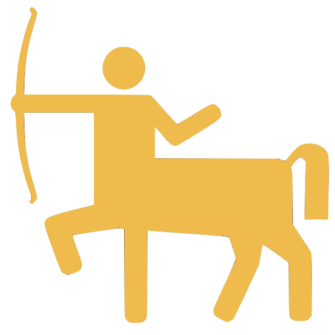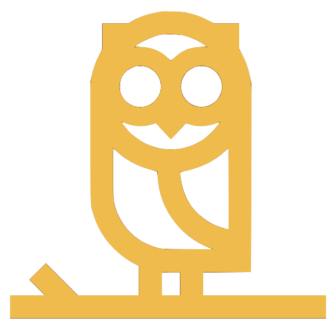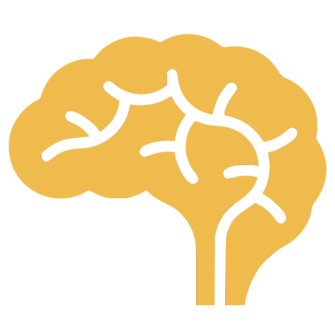Most of the time 3 is perceived as a good thing, but not always, like in baseball “3 strikes you’re out”, or in some cultures, one should not take a picture in a group of three. Three is used in so many things like expressions, games, tales and superstitions.
Could these all have been influenced by today’s religions, such as the Christian’s Trinity, or other even more ancient religions?
- Trimurti of Hinduism
- Three Pure Ones of Taoism
- The many Triads of Ancient Egypt
- Three Jewels of Buddhism
- 3 Fates of Ancient Greece
Maybe it’s the other way around, where the religions take from the expression or superstition… And why the expression to begin with? Maybe they are all independent from one another?! The bottom line, is there something special about the number 3?
Well, let’s take a look at this mysterious number by looking at the source of it. We’re going to look at it from a mathematical and logical point of view, but first, let’s see how world religions incorporated this number in their doctrines.
Number 3 in Religions
The Ancient Egyptians had thousands of gods and goddesses and they were often grouped in triads – in other words, groups of three. These triads would usually represent a family unit; father, mother, and child.
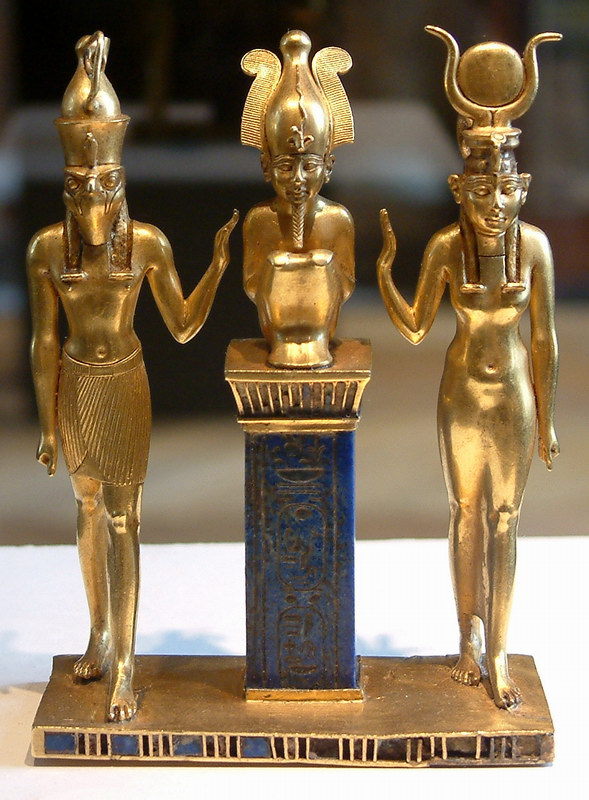
The Sumerians of Ancient Mesopotamia – today’s Middle East – believed in a universe divided into three; the heavens, the earth, and the waters. They also had many deities, but it was their supreme triad ( Anu, Enlil and Ea) that would rule over these regions.
In Hinduism, a religion considered to be the most ancient living one, the Trimurti which means “three forms”, consists of the powerful deities Bhrama, Vishnu and Shiva who undertake the primary cosmic functions of Creation, Preservation and Destruction, respectively.
In Taoism, the Three Pure Ones are the highest gods in the pantheon. They were usually depicted in the three basic colours – blue, red and yellow – to represent creation.
The first Pure One represents the celestial or universal qi, or energy (find out more about what qi is in this Yin Yang article). The second one represents the human plane qi, and the third one represents the Earth qi (inside the earth that is.)
Buddhism, a religion that focuses on wisdom instead of God, also groups its philosophical elements in threes, like the Three Gems (Buddha, Dharma, Sangha), the Three Roots called Trikaya, the Three Vajras…
And of course, there is the Trinity from Christianity, which states that God is a single being who exists simultaneously and eternally as three persons; the father, the son and the holy spirit. Moreover, there is the story of Jesus, the son of God, which is full of mentions of the number 3, like:
- The three wise men who gave the newborn Jesus three gifts.
- Jesus’ ministry lasted approximately three years.
- The devil attempts Jesus three times.
- St-Paul denied Jesus three times.
- St-Paul went blind for three days.
- Jesus died at the age of 33.
- He resurrected after three days.
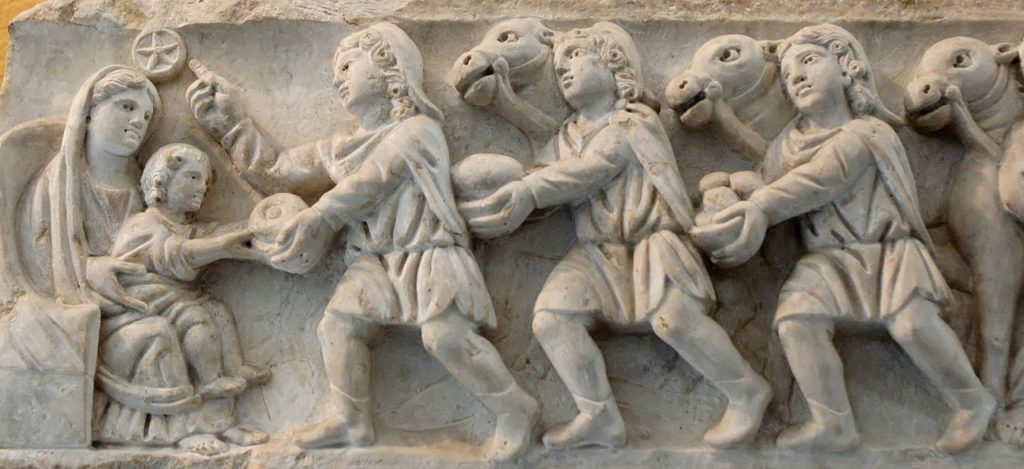
Now, this makes me ask myself … Is this all real? Could we just have become superstitious in the way we group elements and tell stories? Ok, I’ll admit, I myself am guilty of that; I prefer to place my candles in threes, and when I express my super excitement, I have to write my exclamation marks in three’s !!! Not 4, not 2.
Remember that rule of not taking pictures in groups of three? Well, it’s actually an Asian superstitious belief that if you do take such a picture, the person in the middle will be leaving. I’m not too sure about the specifics of “leaving” though…

Heh he heh… (gulp)
Well, I always assumed “leaving the country”.
Hey, I’m not the only superstitious one here. The famous Italian poet from the 1300s, Dante Alighieri, also liked to group things in threes;
- He did a trilogy about the different regions after death
- The three regions were: Heaven, Purgatory, and Hell
- The verses are in three lines
Superstitious or not, three does seem like a perfect number, not just esthetically but practically as well.
Most of us say “on the count of 3”; 2 would be too short and 4 too long. The same goes for the number of tries one should do, like in baseball, “3 strikes and you’re out”.
3 is practical and pleasant to the eye, and perhaps it is why we use it a lot.
Maybe there’s more to it, so let’s look at it from a scientific point of view.
Number 3 from a Scientific Point of View
Mathematics
The number 3 is the only number equal to the sum of the previous numbers.
1 2 3 4 5 6 7 8 9 10 11 …
2+1 = 3
The number 3 is also the only number whose sum with those below is equal to the product of itself and those below.
1 2 3 4 5 6 7 8 9 …
3 + 2 +1 = 3 x 2 x 1
Three is like a number that encompasses everything in its world!!
Fundamental elements are broken down into 3
- Life has three parts; birth, life and death.
- A story has three parts; beginning middle and end.
- And something as basic as a line has three parts (beginning, middle and end)
Triangle
The most basic polygon (shapes made of lines) is the triangle. And all other polygons are made of triangles. The triangle is like the source of all polygons!
The triangle is said to be the most stable shape. It’s also the only polygon that can have all of its points at equal distance to one another. In other words, 3 points can be arranged graphically so that they are all in equal distance to one another. That can’t happen with any other number.
Dimensions
Until relatively recently, we knew the world as having 3 dimensions.
Colours
Three was recognized for its perfection but also for its usefulness. All colours are derived from the 3 base colours; blue, red, and yellow.
Family unit
Three composes the basic family unit; father, mother and child
Break a Tie
The number three is the smallest number to break a tie or consensus. It’s as if it takes three to go forward!
So we looked at some of the facts on the number three, but it’s hard to tell if Trinities and Triads of the past were consciously formed from these facts. Maybe they just came about naturally, because, in many ways, number three just seems right. Number three is regarded as perfection – mathematically, visually and practically. That could easily be the reason why the number 3 is prominent in world religions, tales, expressions and games. Still, all we can do is speculate. But one thing’s for sure; from the most ancient religions to the most modern practices, humanity has continued to find power in the number 3.


